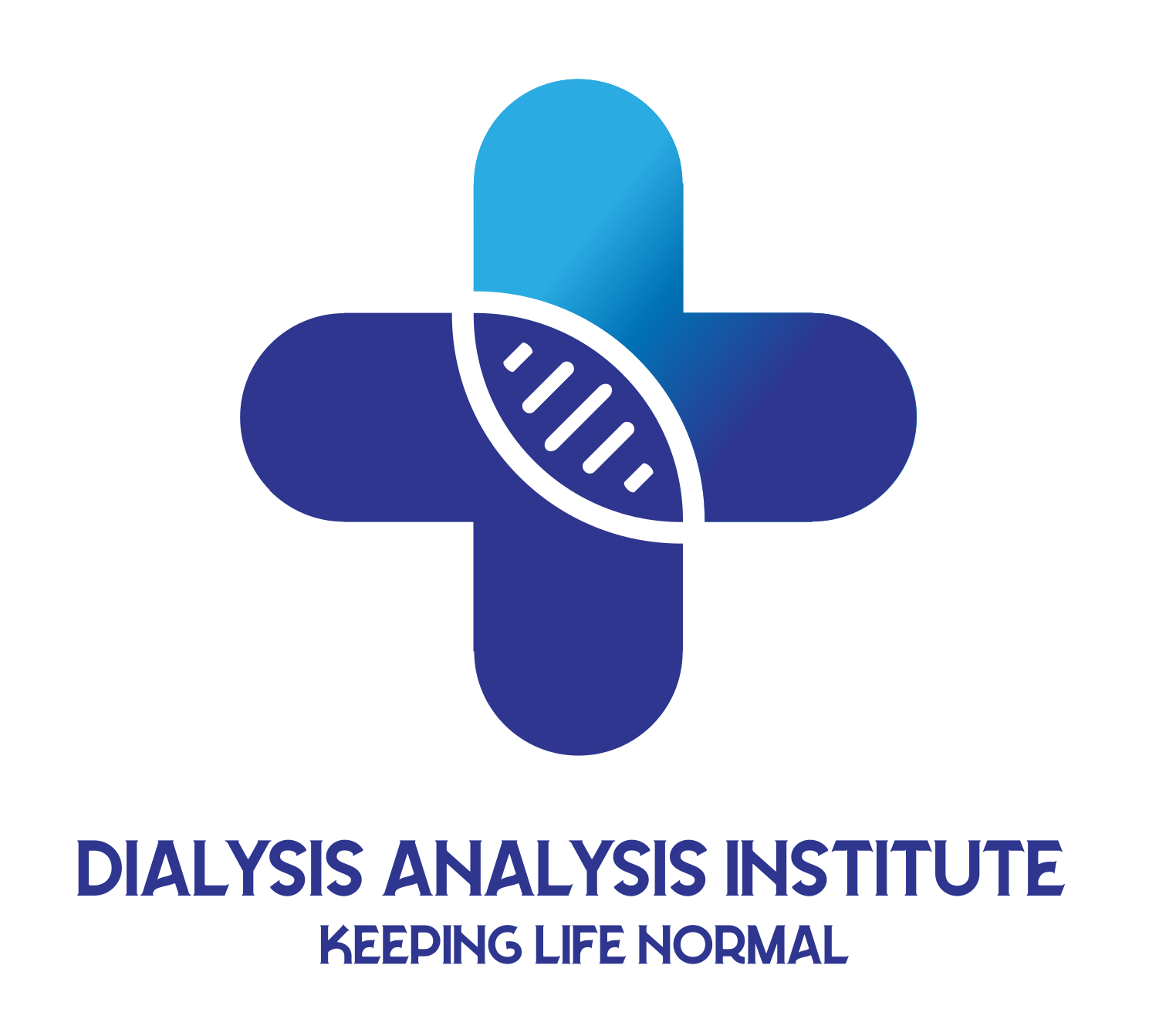Introduction:
- Briefly introduce the concept of dialysis as a life-saving treatment for individuals with kidney failure.
- Explain that there are two main types of dialysis: hemodialysis and peritoneal dialysis.
1. Hemodialysis:
- Define hemodialysis as a process where blood is filtered outside the body using a dialysis machine.
- Describe the procedure: a vascular access is created, blood is pumped through a filter (dialyzer) to remove waste and excess fluids, and then returned to the body.
- Discuss the typical schedule for hemodialysis treatments, often done at a dialysis center three times a week for several hours each session.
- Highlight the advantages (e.g., rapid waste removal) and challenges (e.g., travel restrictions, dietary limitations) of hemodialysis.
2. Peritoneal Dialysis:
- Define peritoneal dialysis as a process where the peritoneum (the lining of the abdomen) acts as a natural filter.
- Describe the procedure: a catheter is inserted into the abdomen, a special fluid (dialysate) is infused into the peritoneal cavity, waste and excess fluids pass from the blood vessels into the dialysate, and then the used dialysate is drained out.
- Discuss the different types of peritoneal dialysis: continuous ambulatory peritoneal dialysis (CAPD) and automated peritoneal dialysis (APD).
- Highlight the advantages (e.g., flexibility, fewer dietary restrictions) and challenges (e.g., risk of infection, daily treatments) of peritoneal dialysis.
3. Choosing the Right Option:
- Explain that the choice between hemodialysis and peritoneal dialysis depends on various factors, including medical condition, lifestyle preferences, and patient suitability.
- Encourage readers to discuss their options with their healthcare team and consider factors such as vascular access, home environment, and personal goals.
Conclusion:
- Summarize the key points about hemodialysis and peritoneal dialysis.
- Reiterate the importance of understanding the differences between the two types of dialysis and making an informed decision based on individual circumstances.
- Encourage readers to seek further information and support from their healthcare providers and patient advocacy organizations.
